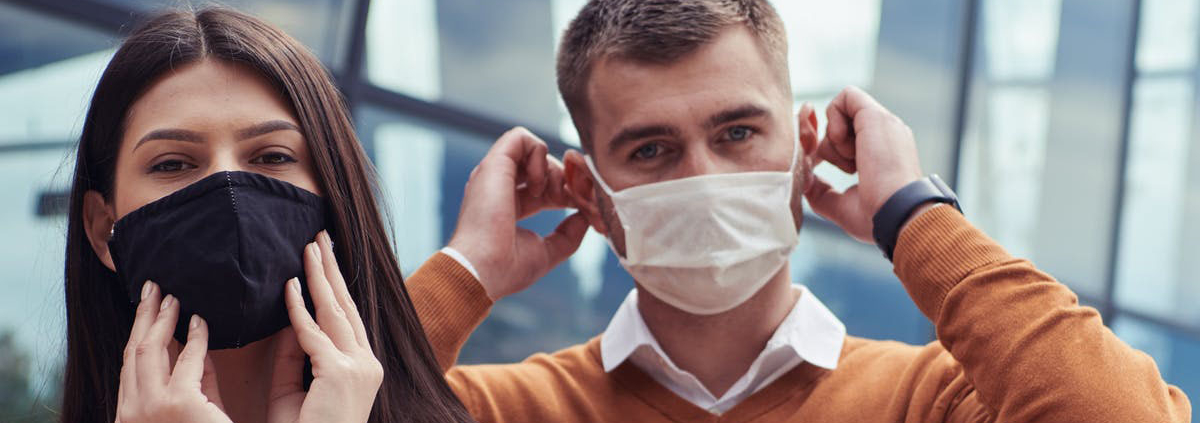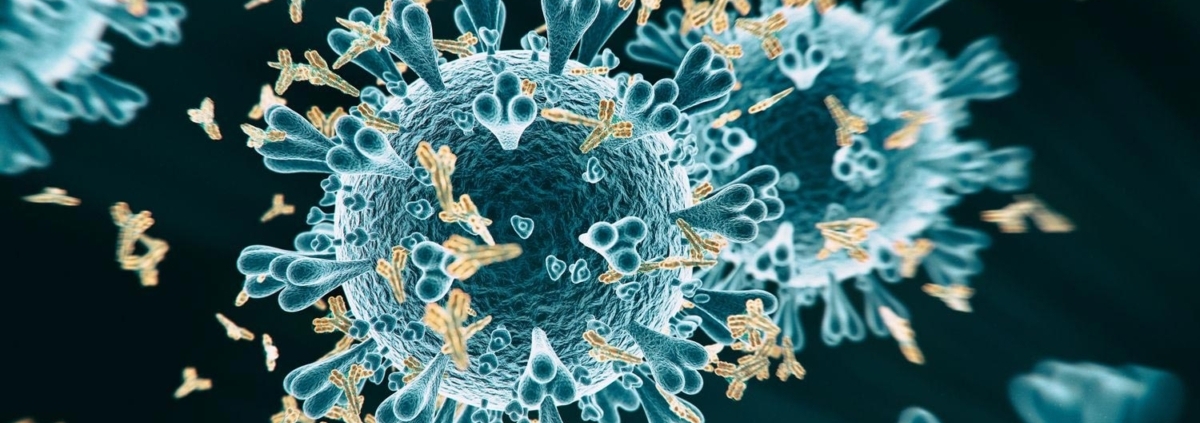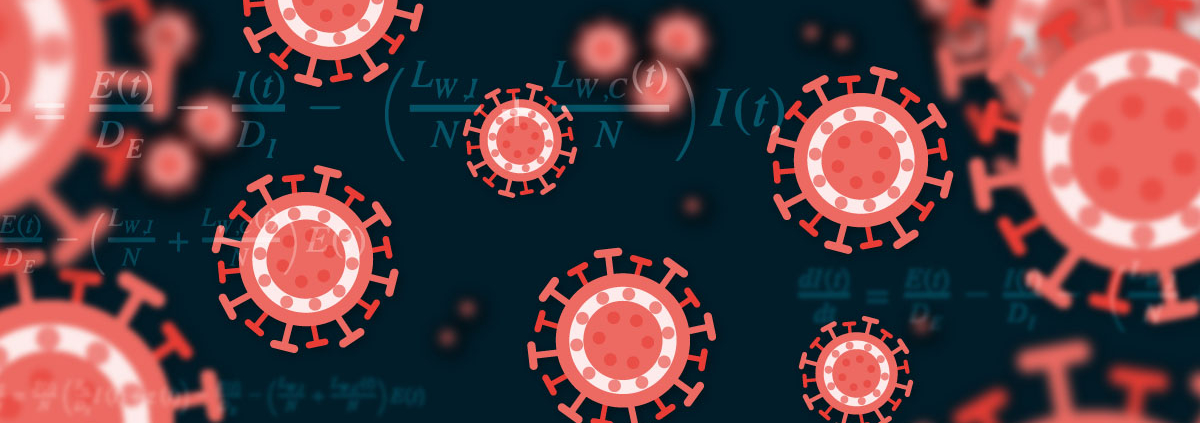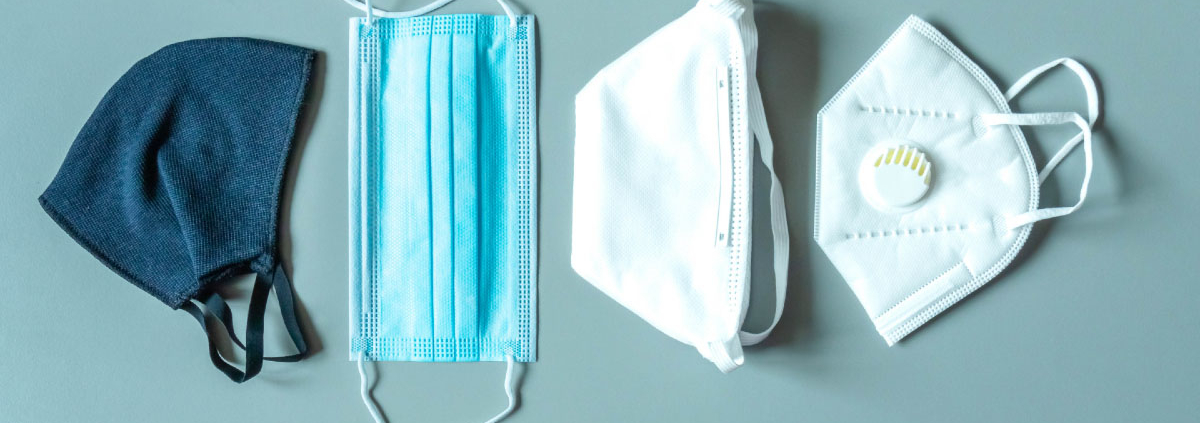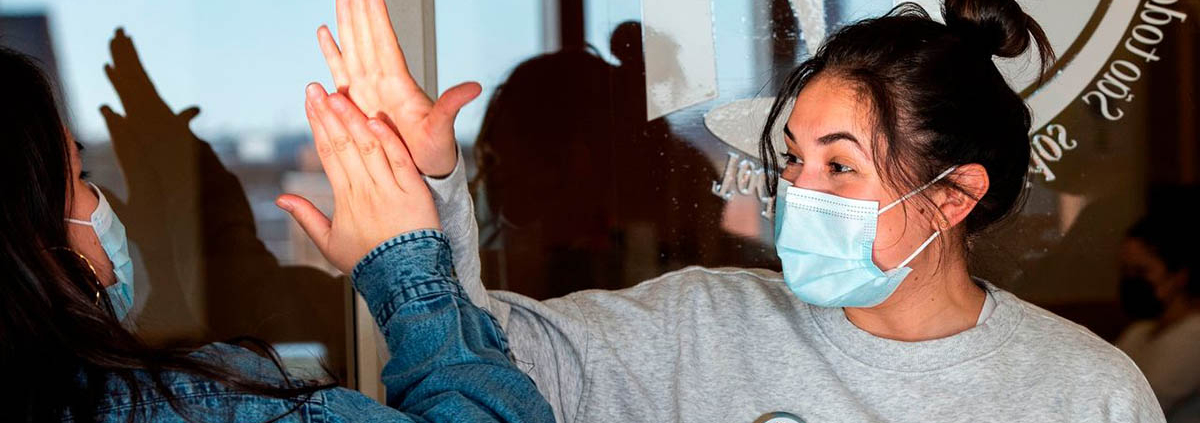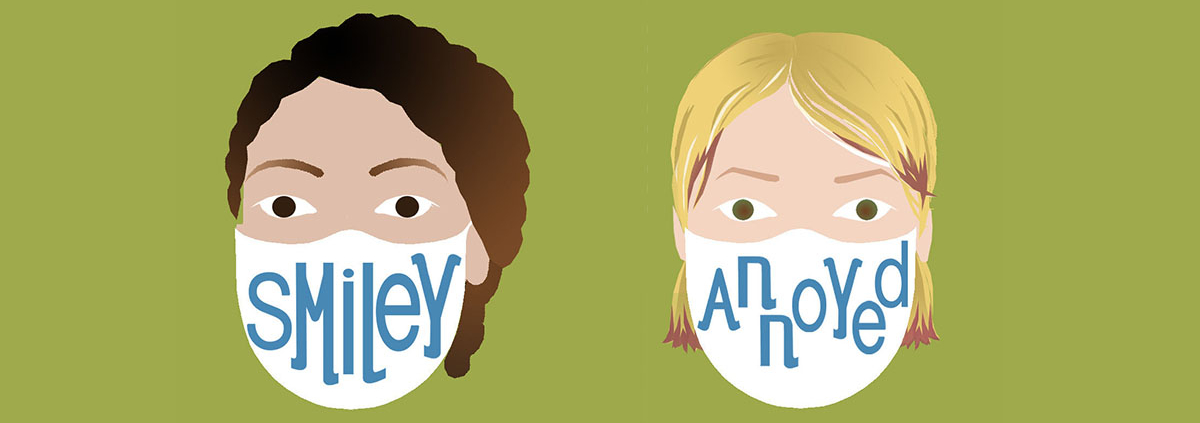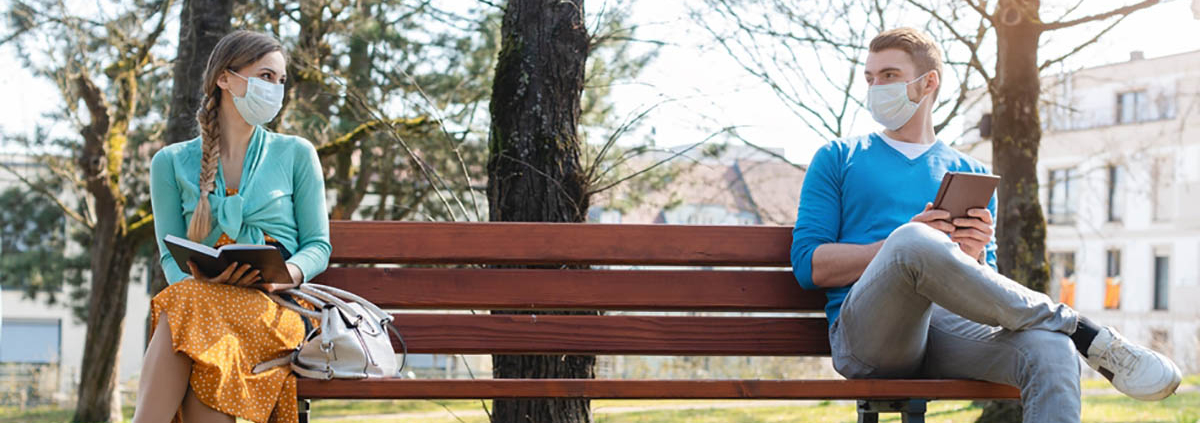Males are more likely to test positive for COVID-19, more likely to have complications and more likely to die from the virus than females, independent of age, according to a new study published this week in the open-access journal PLOS ONE by Farhaan Vahidy of Houston Methodist Research Institute, US, and colleagues.
As the COVID-19 pandemic unfolds and evolves across the globe, researchers have identified population sub-groups with higher levels of disease vulnerability, such as those with advanced age or certain pre-existing conditions. Small studies from China and Europe have indicated that males tend to experience higher disease severity compared to females. However a comprehensive analysis of COVID sex in a large and diverse US metropolitan area has been lacking.
In the new study, researchers used data from a large healthcare provider in the Houston, Texas metropolitan area to determine the associations between sex and COVID-19 epidemiology. Data on COVID testing, hospital stays, mortality and demographics were extracted from Electronic Medical Records (EMRs) of all 96,496 adults over 18 years old who were tested for SARS-CoV-2 by the health system between March 6 and August 22, 2020.
Publicly-available article: PLOS
Release date: 14 January 2021
Source: Newswise

